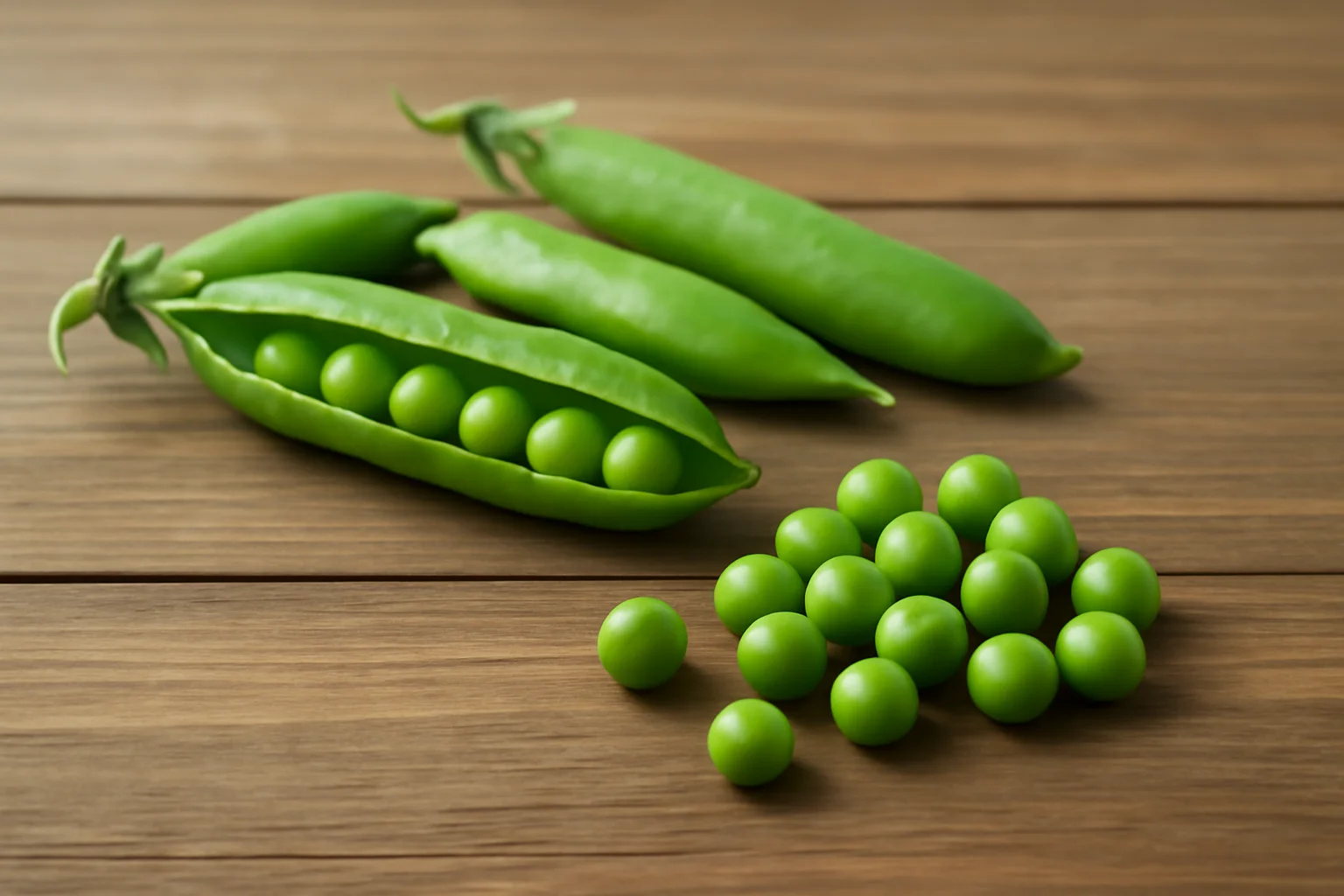
The Beneficial Effects of Green Peas on Health and Nutrition
The green pea, as one of nature’s wonderful gifts, is not only delicious and nutritious but also has numerous beneficial effects on our health. This little green ball belongs to the legume family and has been a popular staple in human nutrition for centuries. Green peas are rich in vitamins, minerals, and antioxidants, making them not only a nourishing but also a healthy choice. Alongside the continuous development of the food industry, the versatility of green peas allows them to appear in various dishes and diets, whether in soups, salads, or side dishes.
Thanks to its nutrient content, green peas are an ideal food not only for adults but also for children. Furthermore, consuming peas is favorable from a sustainability perspective, as they are easy to grow and thrive with low water consumption. Incorporating green peas into our diet can help us eat healthier while also supporting local economies. Below, we explore the beneficial effects of green peas that can help us live more consciously and healthily.
The Nutrient Profile of Green Peas
The outstanding nutrient profile of green peas is one of the main reasons to incorporate them regularly into our diets. They are rich in vitamins such as vitamin C, vitamin K, and B vitamins, as well as minerals like iron, magnesium, and zinc. Vitamin C, which has antioxidant properties, contributes to strengthening the immune system and helps protect cells from free radicals.
The role of vitamin K in bone health is significant, as it contributes to calcium metabolism and bone mineralization. B vitamins, such as folate, help maintain energy levels and support cell regeneration. These nutrients are particularly important for children and pregnant women, as they contribute to proper development and the prevention of birth defects.
Additionally, the high fiber content of green peas is noteworthy, as it helps maintain gut health. Fiber promotes good digestion, reduces the risk of constipation, and contributes to stabilizing blood sugar levels. Moreover, green peas are low in calories, making them an ideal choice for those on a diet, as they provide a feeling of fullness without significant calorie intake.
The Health Benefits of Green Peas
Consuming green peas offers numerous health benefits worth mentioning. One of the most important advantages is supporting cardiovascular health. The soluble fibers found in peas help lower cholesterol levels, thereby reducing the risk of heart disease. The antioxidant content of green peas, including flavonoids and carotenoids, also contributes to heart protection by reducing inflammation and the harmful effects of free radicals.
Regular consumption of green peas can also help control body weight, as the fibers and proteins they contain increase the feeling of fullness. This can be particularly important for overweight or obese individuals looking to reduce their weight. Furthermore, due to their low glycemic index, peas play a role in stabilizing blood sugar levels, making them recommended for diabetics as well.
Green peas positively impact gut flora health as well. The prebiotic fibers nourish gut bacteria, thereby promoting healthy gut function. A balanced gut flora is crucial for overall health and good immunity.
How to Consume Green Peas
Green peas are an incredibly versatile ingredient that can be used in many dishes. They are available fresh, frozen, or canned, making them accessible almost year-round. Fresh green peas can be used in salads, soups, and side dishes. One of the great advantages of peas is that they cook quickly, making them an ideal choice for preparing healthy meals in a hurry.
Before cooking, it is advisable to wash the green peas thoroughly and then cook or steam them briefly to preserve their nutrients. Frozen peas can also be an excellent alternative, as a significant portion of their nutrients remains intact during the freezing process. Frozen peas can be used immediately, making them a perfect solution for urgent meals.
Green peas are also popular in the form of cream soup, which is a delicious and nutritious meal. Additionally, green peas can be prepared as a puree, hummus, or pea bites, which can be a great snack at any time of the day. Their pleasantly sweet taste makes them appealing to children, so it’s worth incorporating them into their diets.
Green peas also look great in salads, pasta dishes, or rice meals. The color and flavor of peas enhance the dish while providing our bodies with nutrients. Our creativity is not limited, as green peas fit into almost any meal.
Sustainability and the Role of Green Peas in Environmental Protection
Growing green peas is not only nutritious but also sustainable. Legumes, including peas, can fix nitrogen in the soil, reducing the need for fertilizers. Thus, growing peas is an environmentally friendly solution, as less chemical input is required for proper cultivation.
The low water requirement for growing green peas also contributes to sustainability, as they thrive even in water-scarce areas. Additionally, peas grow quickly, allowing for a rapid harvest, which helps increase agricultural productivity efficiency.
To support local economies, it is worthwhile to buy green peas from local producers, reducing transportation distances and, consequently, our carbon footprint. Purchasing local ingredients not only aids environmental protection but also supports the development of local communities.
Therefore, green peas are not just a delicious and nutritious food but also a sustainable solution that can contribute to environmental protection and sustainable agriculture.
It is important to note that the information provided here does not replace medical advice. For health issues, it is always advisable to consult a doctor.

